Optimal Timing for Masonry Services
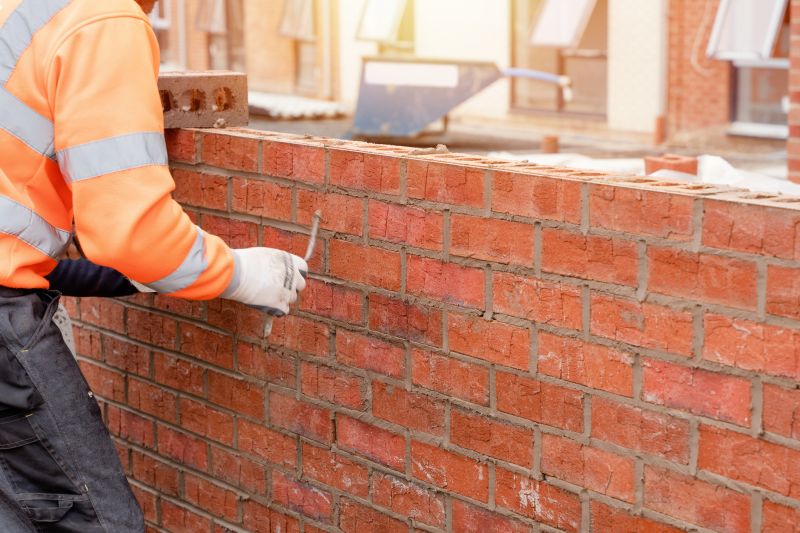
Spring offers moderate temperatures ideal for masonry projects, reducing the risk of cracking due to temperature fluctuations.

Summer provides warm weather that facilitates curing, but extreme heat can affect mortar setting if not managed properly.
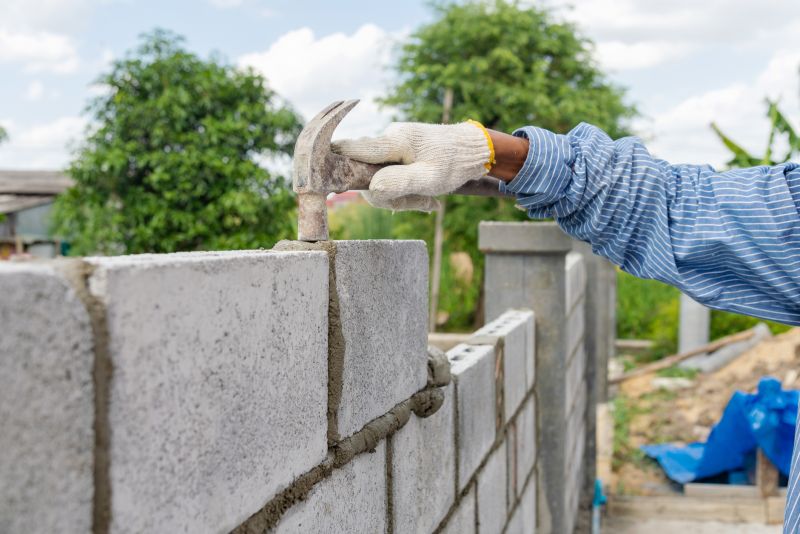
Fall's cooler temperatures and lower humidity levels make it suitable for completing masonry work before winter.
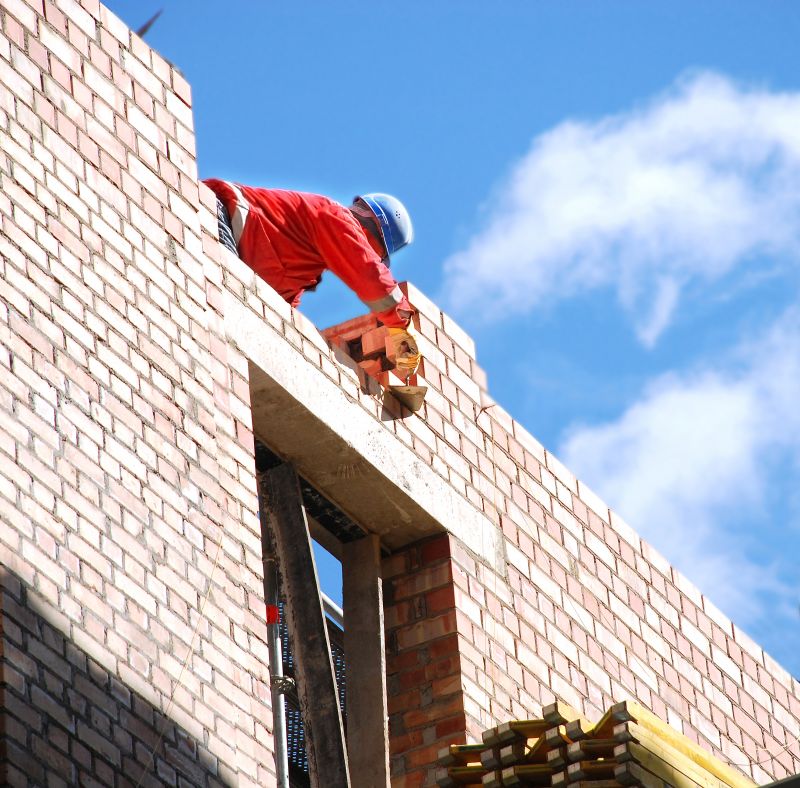
Ways to make Masonry Service work in tight or awkward layouts.
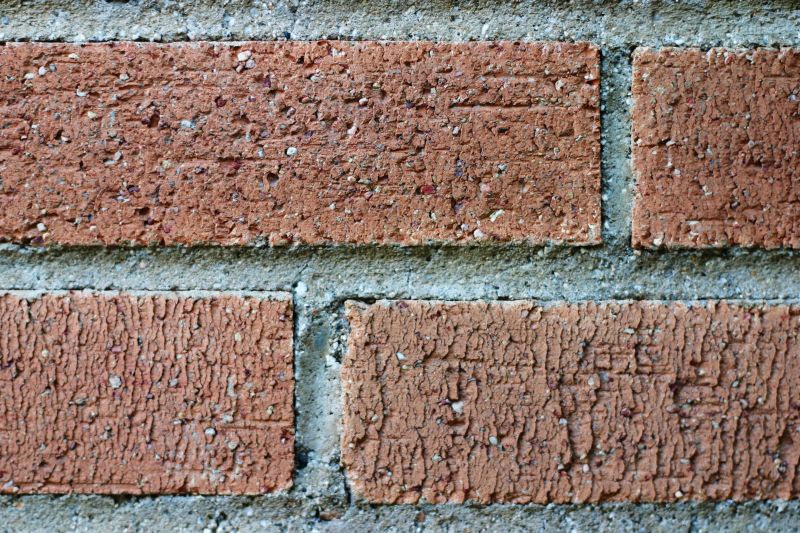
Popular materials for Masonry Service and why they hold up over time.

Simple add-ons that improve Masonry Service without blowing the budget.

High-end options that actually feel worth it for Masonry Service.
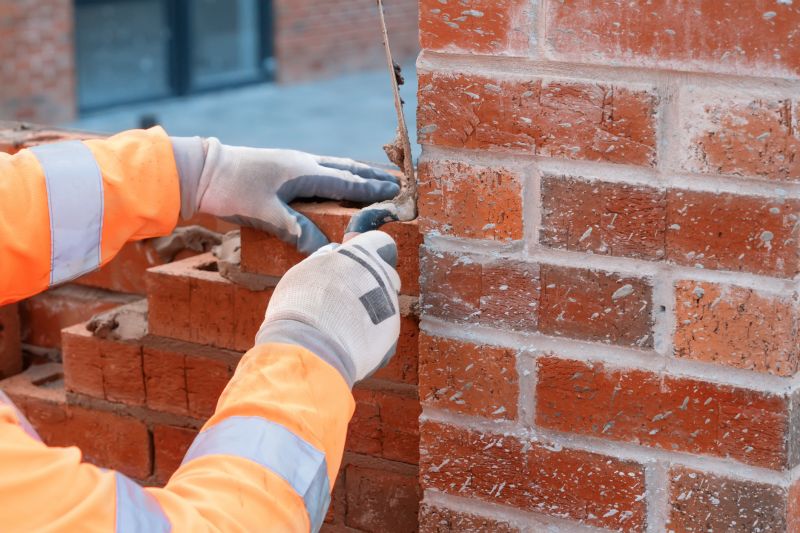
Finishes and colors that play nicely with Masonry Service.
Masonry service involves the construction, repair, and restoration of structures using materials such as brick, stone, and concrete. Proper timing ensures optimal results, with weather conditions playing a crucial role in the quality and longevity of masonry work.
Statistics indicate that scheduling masonry projects during seasons with moderate temperatures can reduce material defects and improve durability. For example, masonry work performed in spring or fall tends to have fewer issues related to mortar cracking or uneven curing, leading to longer-lasting structures.
Weather patterns significantly influence masonry work. Avoiding extreme cold or heat minimizes risks such as mortar freezing or rapid drying.
Ideal temperatures for masonry are typically between 40°F and 85°F, ensuring proper setting and curing of mortar.
Monitoring forecasts helps schedule work during stable weather periods, reducing delays and rework.
High humidity can slow down curing, while low humidity accelerates drying, both affecting the quality of masonry work.

Spring's mild weather promotes optimal mortar curing and reduces cracking risks.
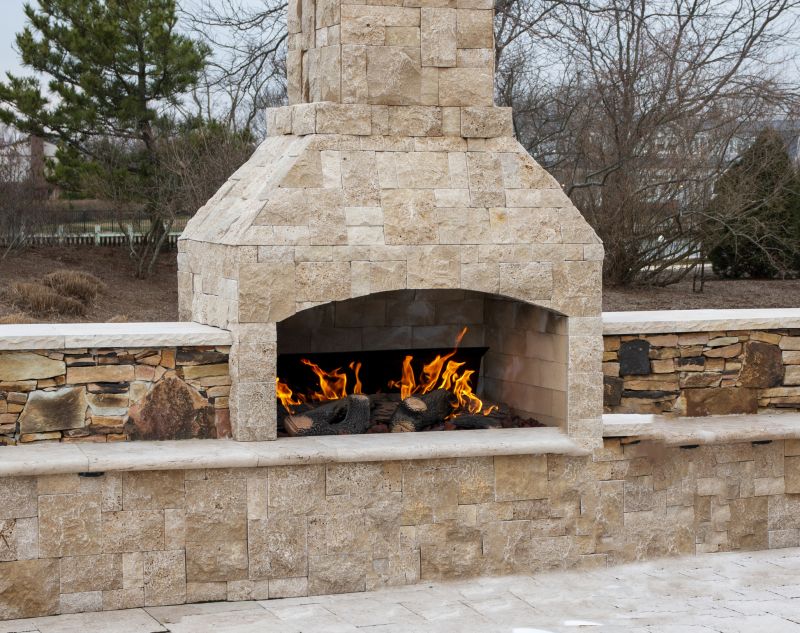
Warm temperatures facilitate curing but require hydration management during extreme heat.
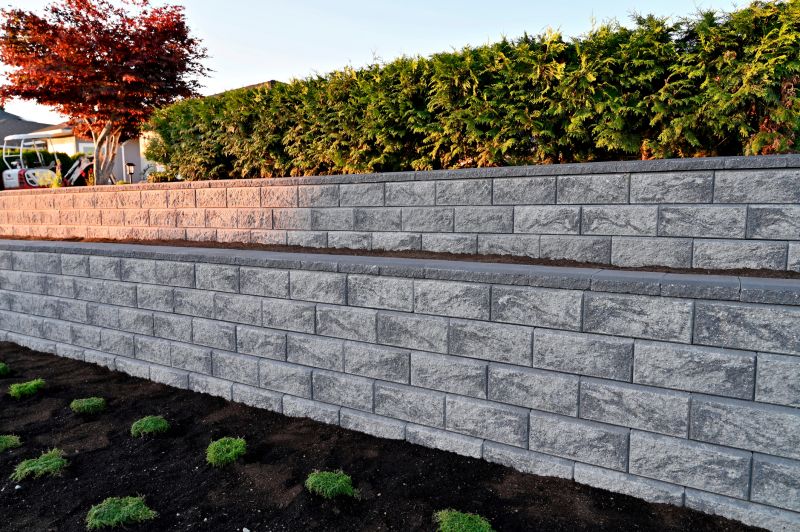
Cool, dry conditions in fall support durable masonry finishes before winter.

Cold weather can hinder mortar setting and may require protective measures.
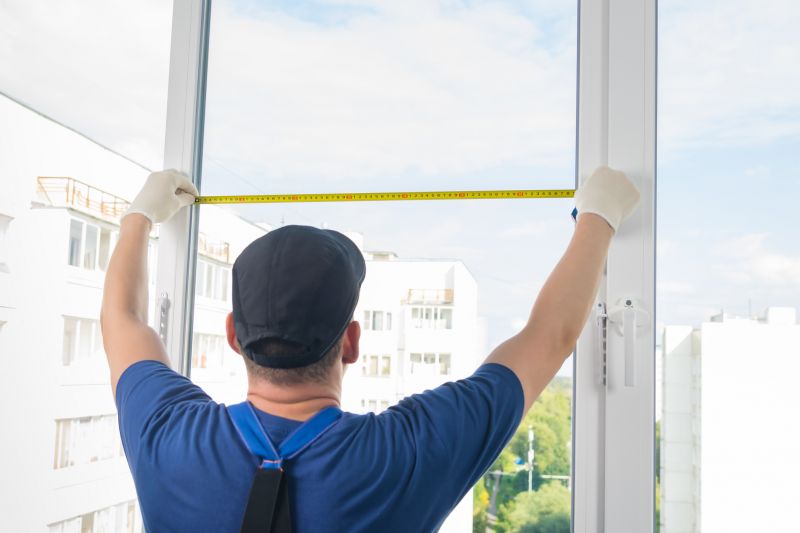
Little measurements that prevent headaches on Masonry Service day.

A 60-second routine that keeps Masonry Service looking new.
| Season | Best Practices |
|---|---|
| Spring | Schedule during moderate temperatures, avoid late frosts. |
| Summer | Work early or late in the day to avoid peak heat, ensure proper hydration. |
| Fall | Complete projects before cold weather sets in, monitor for moisture. |
| Winter | Use cold-weather masonry techniques, protect structures from freezing. |
| General | Monitor weather forecasts, plan around rain and temperature extremes. |
Choosing the right time for masonry service can enhance the durability and appearance of the finished work. Proper planning according to seasonal weather patterns minimizes issues such as cracking, uneven curing, and structural weaknesses.

Effective scheduling considers seasonal weather to optimize results.
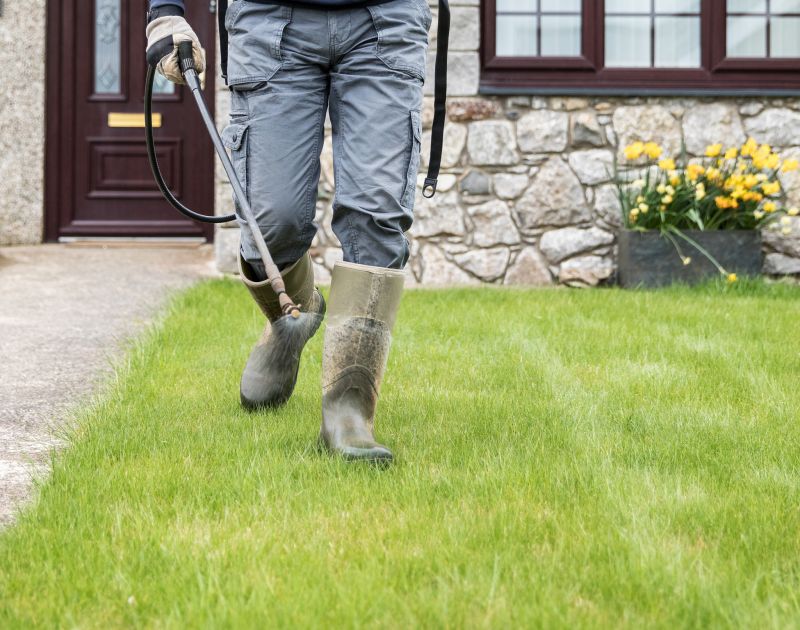
Regularly checking forecasts helps in adjusting work schedules accordingly.

Using heaters or protective coverings during cold weather ensures proper curing.
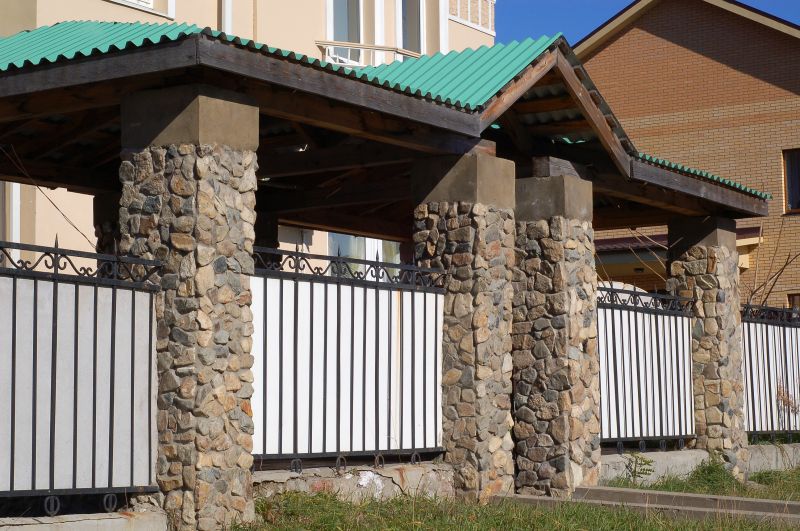
Ideal conditions promote structural integrity and longevity.
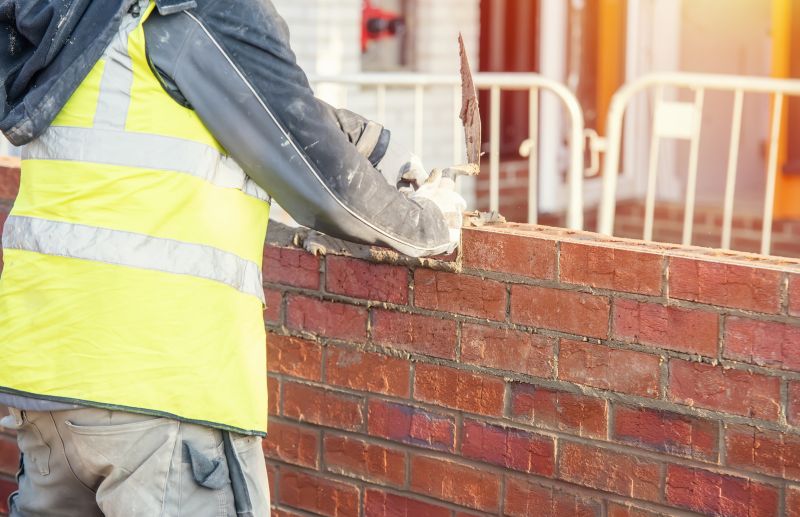
A frequent mistake in Masonry Service and how to dodge it.
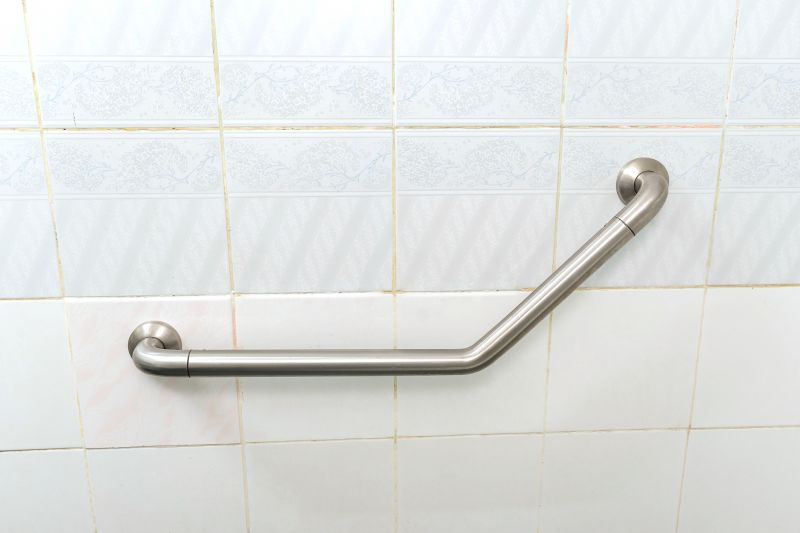
Small tweaks to make Masonry Service safer and easier to use.

Lower-waste or water-saving choices for Masonry Service.
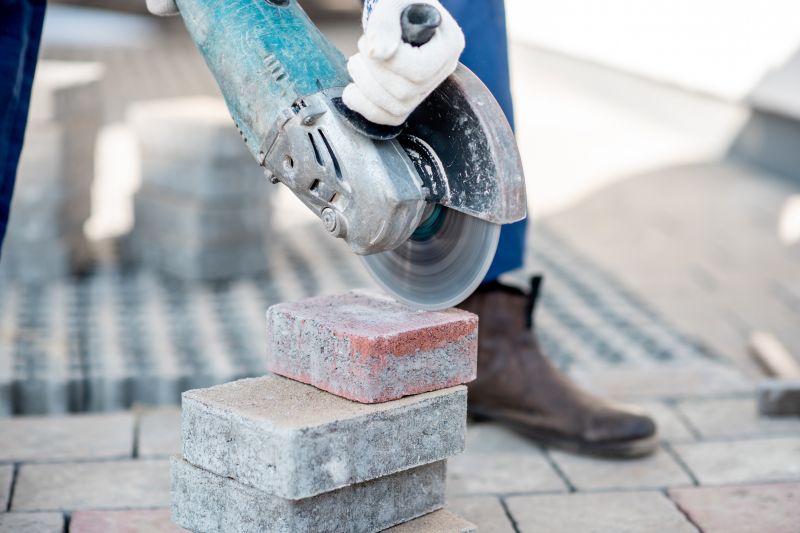
The short, realistic tool list for quality Masonry Service.
Interested in scheduling masonry service? Filling out the contact form can provide guidance on the best timing for specific projects in Chagrin Falls, Ohio.
